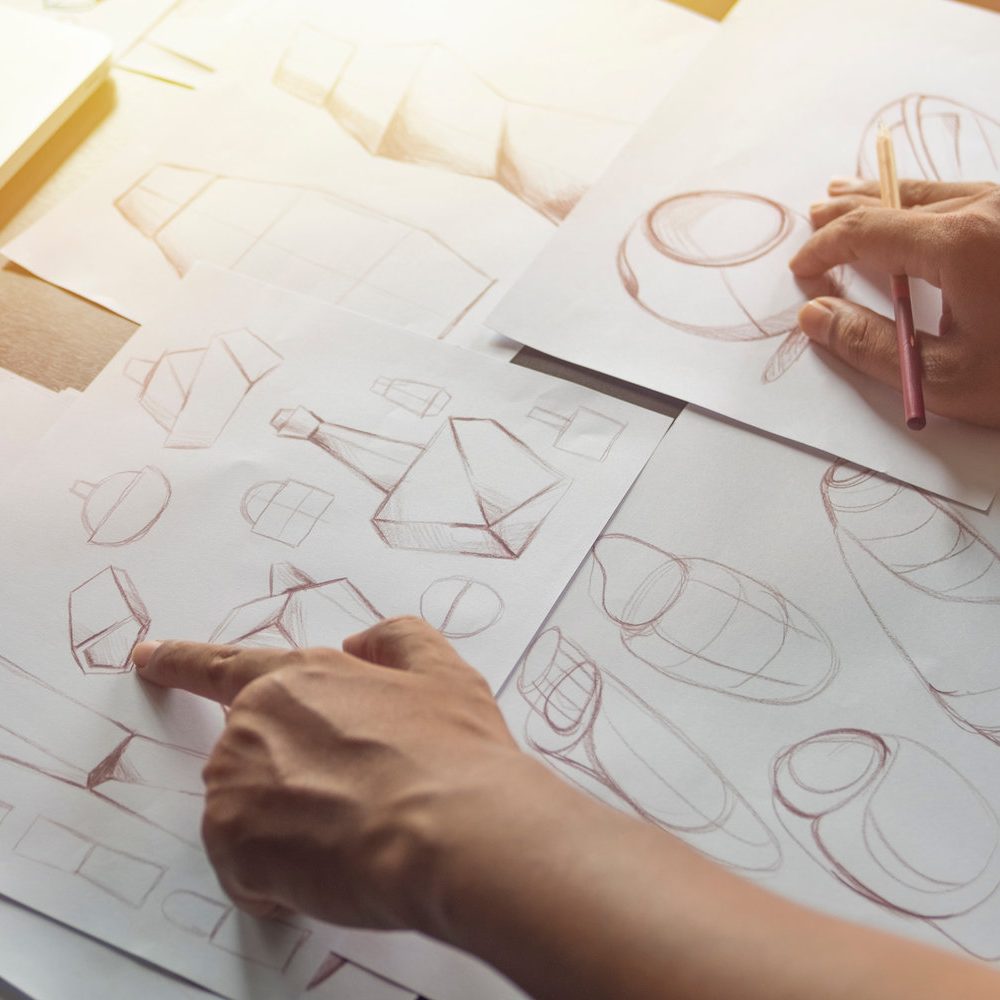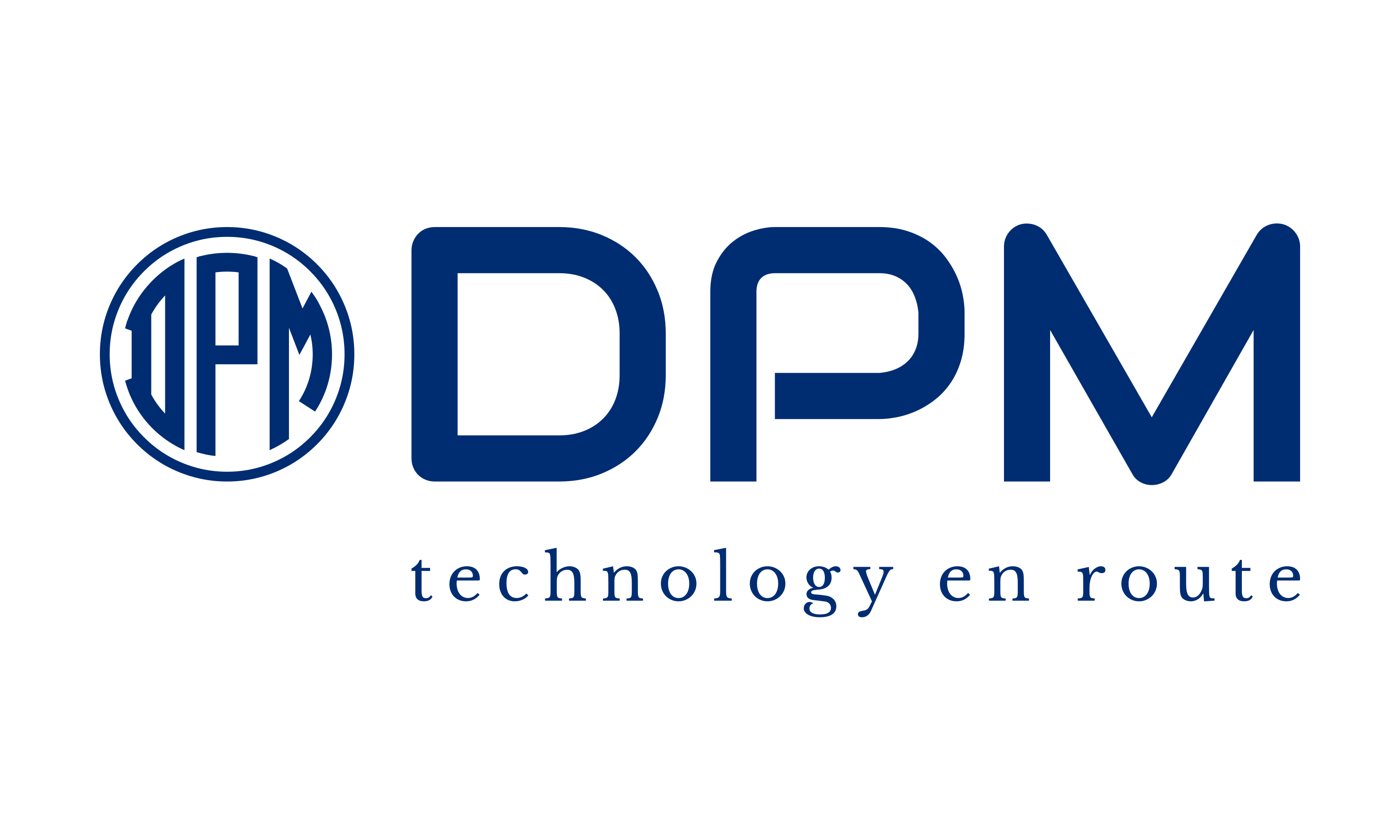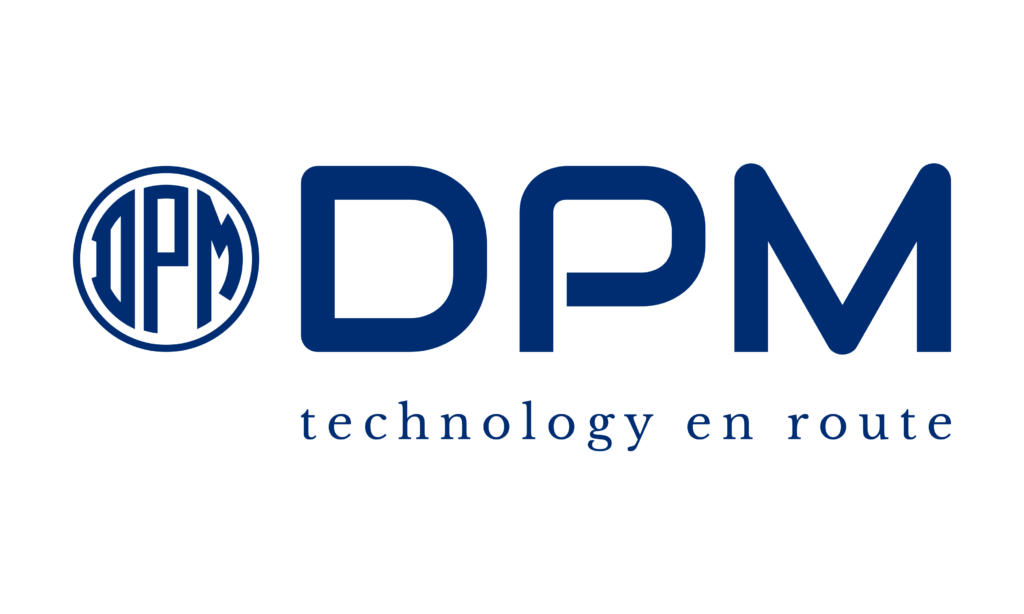Design
Mechanical design is the process of developing a system, component, or process within legal boundaries such as manufacturable standards, regulations, and patents to meet specific needs, ideas, and dreams. Designers create machines, products, and new technologies. This process is facilitated by the support of CAD (Computer-Aided Design) software. Designers must be knowledgeable about the production, quality, and standards related to the industries and products they design. Knowledge in simple limit tolerance techniques or Geometric Dimensioning and Tolerancing (GD&T) may be required.
The aerospace and automotive industries are among the largest sectors that utilize mechanical design. Mechanical design allows for the easy design of dynamic, interlocking systems with knowledge of different material types and mechanism techniques, and provides the opportunity to analyze the loads that the manufactured part will be subjected to over its operational life in a computer environment. Additionally, knowing the manufacturing method of the part to be produced facilitates the mechanical design process.
When designing parts, it is crucial to consider the design purpose or the final use, designing around functional needs. Factors such as weight reduction, elimination of manufacturing and assembly steps, improvement of structural components, and cost reduction should be considered. Additionally, a detailed examination of what the part will encounter from production to field use throughout its entire usage period is necessary.
In part design, material selection is crucial, but another important factor is the suitability for the manufacturing method. The production should proceed only after determining which manufacturing types—such as mold production, CNC, lathe, or milling—will be used in the design process.
When designing parts for specific sectors, standards must be considered. For example, parts to be produced for the aerospace and defense industries should be designed according to the specific standards of those sectors. The design should take into account the material, production method, and cost according to the set standards.
Industrial design involves the designing of all kinds of consumer goods that can be mass-produced, specifically tailored to the needs of user groups. The aesthetics of the product are the most crucial part of the design process and are the first thing customers think about. Regardless of the product’s features and qualities, the primary criterion for purchase is how the product looks. The designed products should be comfortable and easy to use. Regardless of what the product is, it must be suitable for the targeted audience. If it is not appropriate for the target audience, the design efforts may not yield the desired efficiency. Budget plays a significant role in design. Factors such as production economy, customer budget expectations, and product sales targets play an active role in forming the design logic.
Before sending an electronic board to production, necessary simulations are conducted on a computer to ensure the prototype or the product for mass production operates optimally. Known as PCB Design, after this stage, the electronic board design intended for mass production is first tested under real conditions as a prototype. If no issues arise, the electronic circuit design is sent for mass production.
A Printed Circuit Board (PCB) is made of various insulating materials featuring a surface covered with conductive paths and pads, with holes filled with solder between the surfaces, used to mount our electronic circuit components.
Automation encompasses systems equipped with mechanical, electronic, and software components that require continuous, detailed, and complex analysis. These systems automate processes where human intervention increases error likelihood, and involve monitoring, controlling, processing, and optimizing all manufacturing stages or interconnected processes according to the designed production technology. Before manufacturing these machines, their design is performed using computer-aided programs.
Automation offers numerous advantages, such as increased production efficiency, reduced production time, determinable product quality, lower error rates, and usability in harsh, risky, or dangerous conditions where human capabilities are insufficient.
Areas of interest in Automation Systems include system dynamics and smart control, product design, observation and control of production times, microsystem design and applications, mobile robotic systems, sensors and robotic automation, power electronics, industrial control design, and their applications in the defense and automotive industries.


